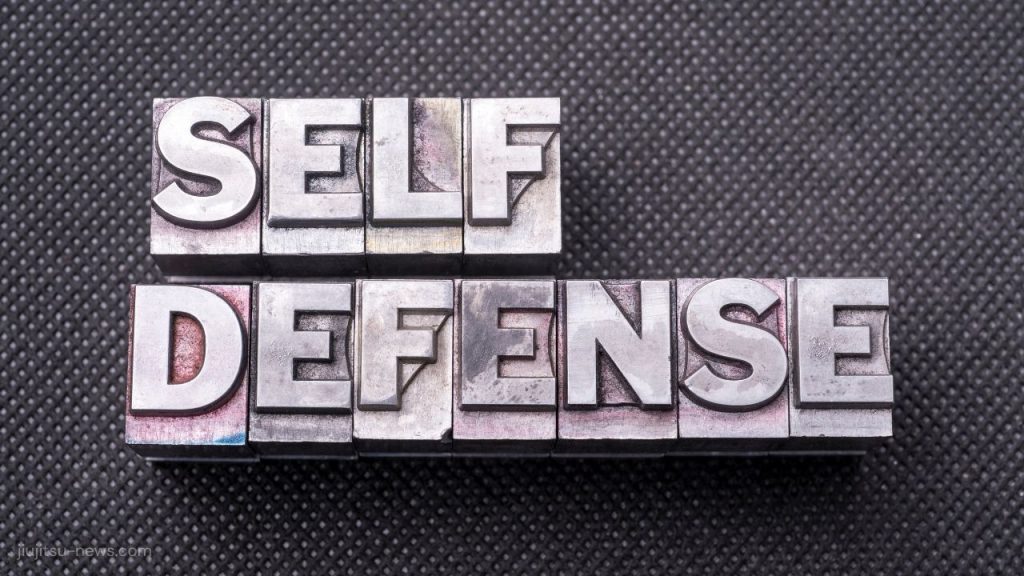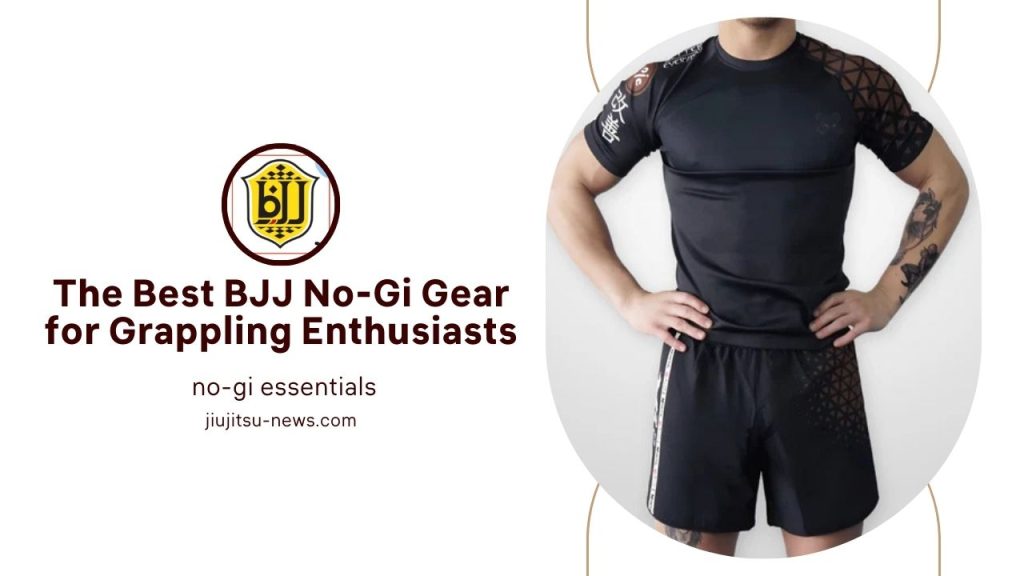Japanese Jiu-Jitsu can seriously up your self-defense game. It’s actually built on techniques that go way back to the Samurai days, so it’s got some legit history behind it.
If you’re curious about using Japanese Jiu-Jitsu for street defense or just want to know how it stacks up.
We’ll break down the pros and cons to help you decide if it’s right for you.
What Is Japanese Jiu-Jitsu All About?

Japanese Jiu-Jitsu isn’t just about fancy moves—it covers everything from joint locks and throws to chokes and even strikes that look a bit like basic Karate.
If you’re into learning the full package, this martial art’s got it.
Training is pretty intense, with daily practice and sparring, and you’re always picking up new tricks.
Plus, it’s not just about hand-to-hand stuff. Practitioners also learn to handle weapons like knives and sticks.
Knowing how to use weapons can give you an edge in close combat and makes the throws and grappling techniques even more powerful.
Why Is It Good for Self-Defense?

Japanese Jiu-Jitsu is a well-rounded martial art that covers a ton of techniques. We’re talking strikes, throws, joint locks, chokes—you name it.
This variety makes it super practical for real-life situations where anything can happen. You’re not just limited to one kind of move; you’ve got options.
Training also gets you used to reacting quickly and calmly under pressure.
By sparring at full speed, you learn how to stay focused during real confrontations.
And here’s the cool part: you can adjust how much force you use.
So, whether you’re just trying to get away or really need to defend yourself, you’ve got control.
The Bottom Line
Japanese Jiu-Jitsu is definitely one of the better choices for self-defense and street fighting.
It’s got a mix of everything—strikes, throws, grappling, even some weapon skills—so you’re covered from all angles.
But some people still don’t realize how great it is for staying fit, too.
So, if you’re looking for a martial art that’ll boost your self-defense skills, Japanese Jiu-Jitsu is worth checking out.



